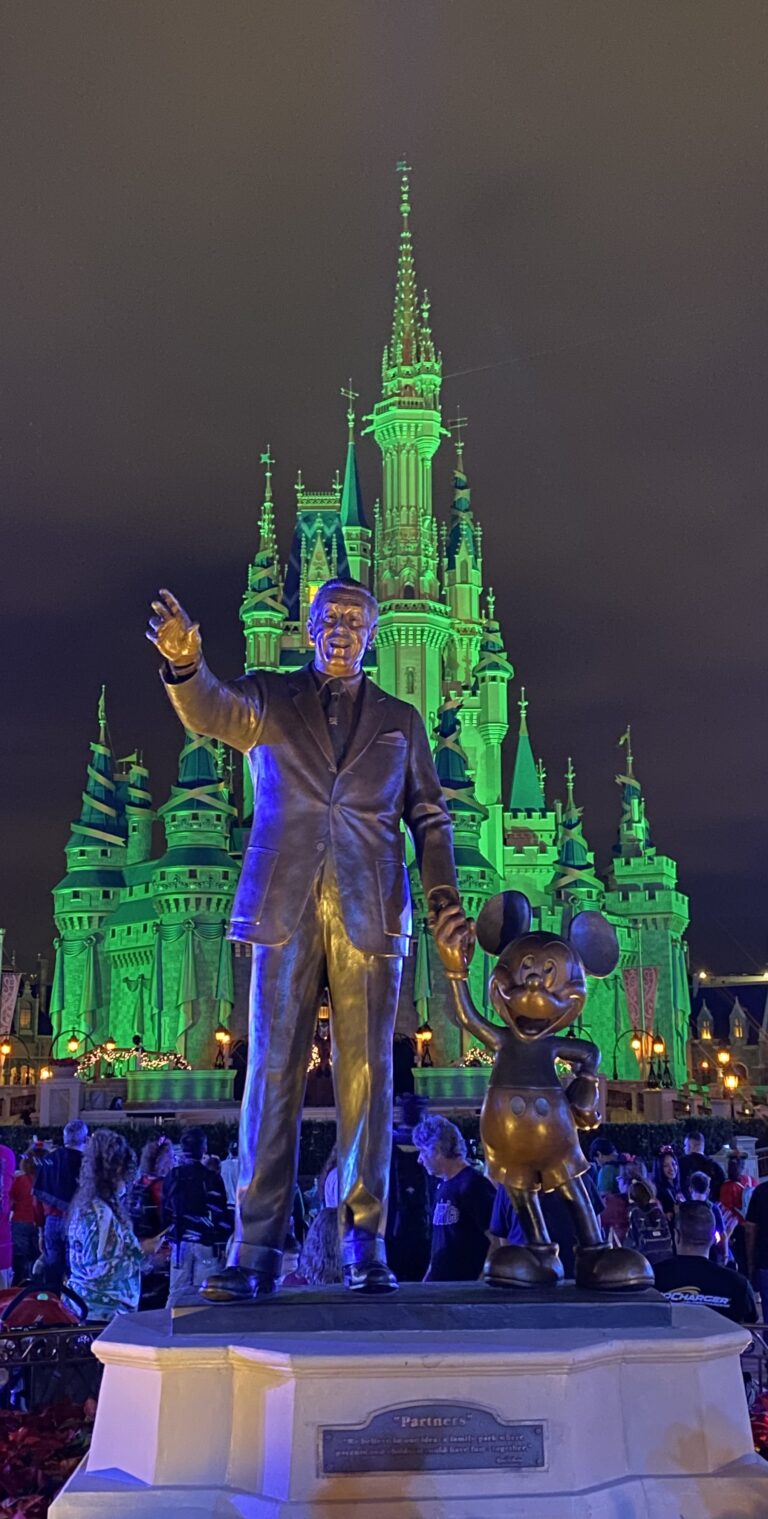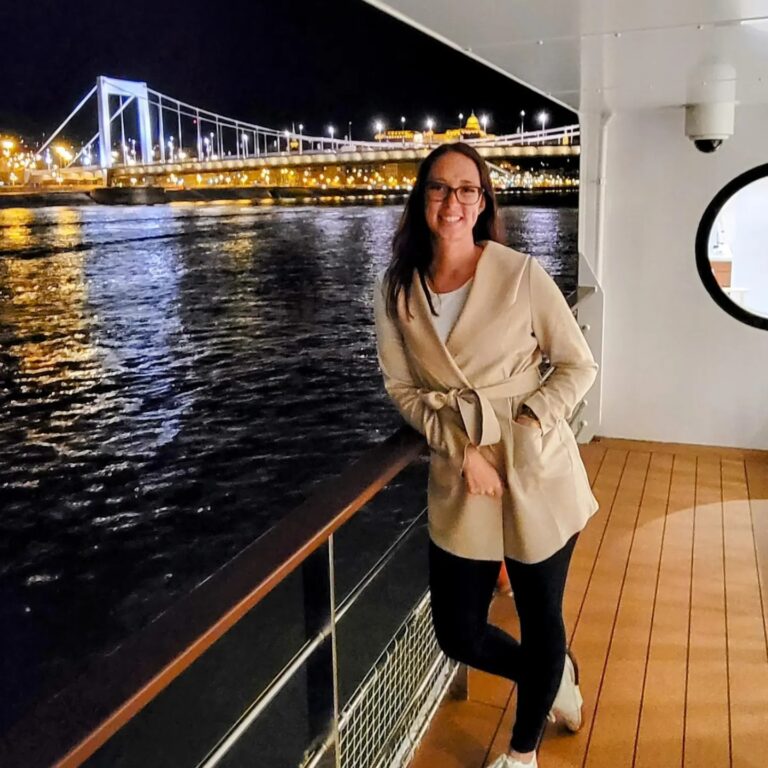Overview
Introduction
Ecuador has several ruins left by the Incas and other Amerindians. The principal Inca site is Ingapirca. Others include Rumicucho, near Quito; La Tolita, near Esmeraldas; and Tomebamba in Cuenca (most of the ruins in this old provincial capital have been built over, but some can be seen at Avenida Todos Santos).
The ancient Valdivia culture (dating from 3200 BC) left remains at Real Alto, San Isidro (excavated mounds) and Santa Elena—all of which are located in the coastal area northwest of Guayaquil.
Santa Elena is notable for having the world's oldest known cemetery (dating from 5000 BC). Inside Machalilla National Park is the Agua Blanca site. (Artifacts from most of these places are best seen in museums in Guayaquil and Quito, with the exception of Ingapirca.) Chirije, at Bahia de Caraquez, is only partly excavated and viewable at low tide. Cochasqui, 40 mi/65 km north of Quito, has 15 grass-covered pyramids. Archaeological remains in Llanganates National Park, 20 mi/32 km from Banos, are only beginning to be investigated, but some believe they may hold the mausoleum of Atahualpa, the last Inca emperor.
Ecuador's sites, however, are less impressive than those in Peru (few have standing walls).
Overview
Introduction
Set on the Pacific coast 40 mi/65 km southwest of San Jose, Carara protects a transition zone between the tropical dry forests of the north Pacific slope and the rain forests to the south. It holds some of the last remaining scarlet macaws as well as monkeys and crocodiles. The park can be visited on an escorted day trip from San Jose.
The Pacific Aerial Tram is located adjacent to the park. Phone 506-2257-5961. Toll-free 866-759-8726 (from the U.S.). http://www.rainforestram.com.
Overview
Introduction

Trogir, Croatia, is a gem of medieval Venetian architecture set on a tiny island just off the mainland. Cross over to Trogir on its ancient bridge and spend at least a half-day seeing this museum city 15 mi/25 km west of Split.
Enter Old Town through magnificent gates dating back to the 17th century, and then spend hours meandering the quaint and narrow streets.













































